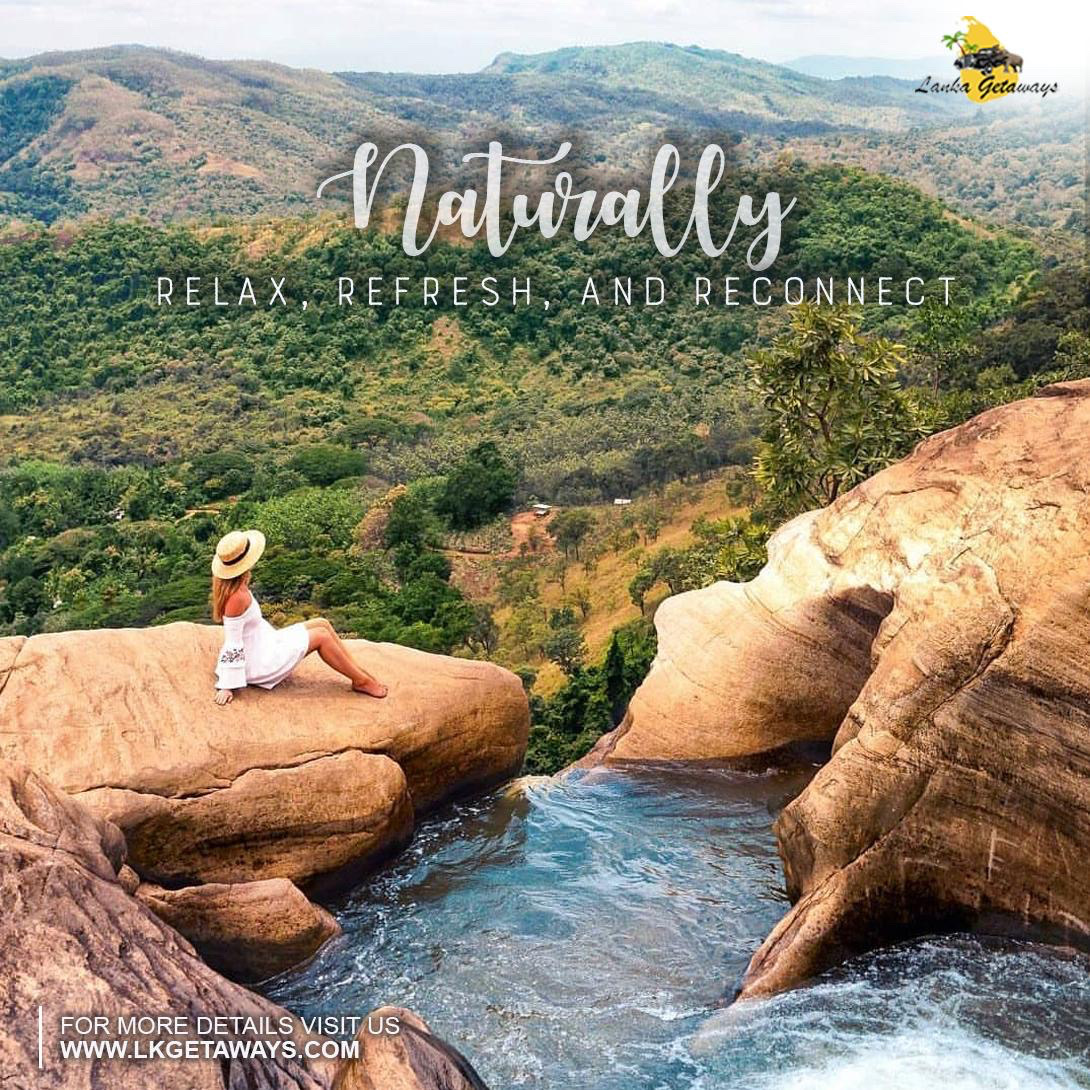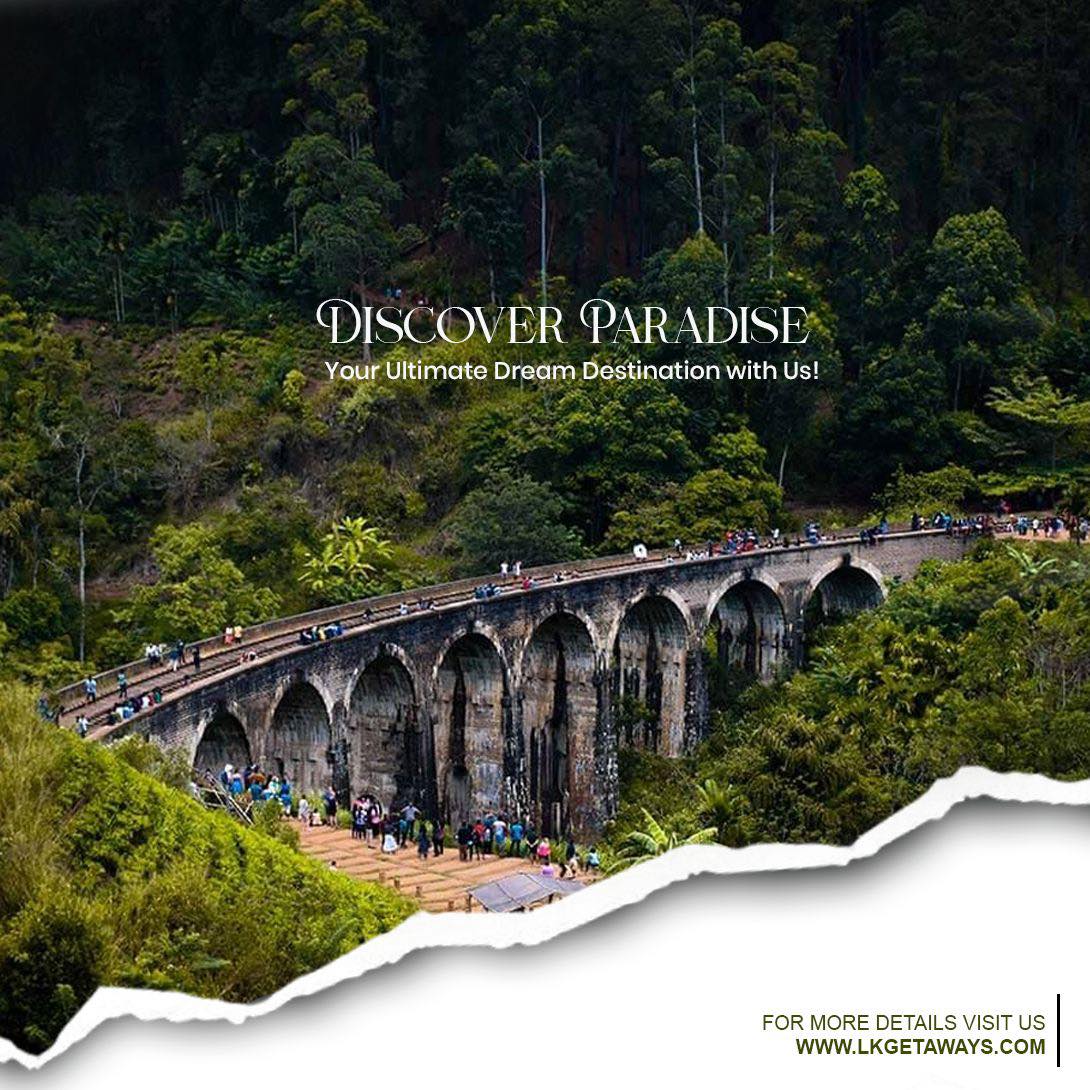Sigiriya, also known as the Lion Rock, stands as one of Sri Lanka's most iconic landmarks. Rising majestically from the central plains, this ancient rock fortress has captured the imagination of visitors for centuries. With its incredible history, breathtaking views, and artistic significance, Sigiriya is a must-visit destination for anyone traveling to Sri Lanka.
A Brief History of Sigiriya
Sigiriya’s history dates back over 1,500 years. It was built by King Kashyapa in the 5th century AD as his royal palace and stronghold after he seized the throne. The rock fortress was designed as a combination of a palace and a citadel, serving both as a royal residence and a defensive structure to protect Kashyapa from potential enemies.
Kashyapa chose the top of the 200-meter-high rock as the location for his palace, providing not only natural defense but also unparalleled views of the surrounding landscape. After Kashyapa’s death, Sigiriya was abandoned and later became a Buddhist monastery.
Today, Sigiriya Lion Rock is recognized as a UNESCO World Heritage Site for its incredible cultural and historical significance.
Climbing the Lion Rock
Visiting Sigiriya Sri Lanka is an adventure in itself. The ascent to the summit involves climbing nearly 1,200 steps, but the journey is as rewarding as the destination. The climb takes visitors through ancient gardens, terraces, and fountains that once adorned the royal palace grounds.
Halfway up, you’ll come across the Mirror Wall, a polished surface that was once so reflective that the king could see his own reflection. Today, the wall is covered in ancient inscriptions, known as Sigiriya graffiti, left by visitors who climbed the rock over a thousand years ago.
As you continue the ascent, you’ll pass through the Lion’s Gate, where two massive lion paws guard the entrance to the upper fortress. These lion sculptures are the reason for Sigiriya’s name—"Sigiriya" translates to "Lion Rock" in Sinhalese. Originally, the entire structure featured a colossal lion’s head, but only the paws remain today.
The Sigiriya Frescoes
One of Sigiriya’s most famous attractions is the Sigiriya frescoes, found in a sheltered gallery halfway up the rock. These ancient paintings depict celestial maidens, often referred to as "Sigiriya Damsels", and are believed to represent either apsaras (heavenly beings) or Kashyapa’s consorts. The frescoes are known for their vibrant colors and delicate beauty, and although only a few of the original paintings remain, they provide a glimpse into the artistic prowess of ancient Sri Lanka.
At the Summit
Once you reach the top of Sigiriya, you’ll be greeted by the ruins of Kashyapa’s royal palace. The layout of the palace, along with its pools, cisterns, and gardens, can still be seen, offering a window into the grandeur of the ancient kingdom.
The view from the summit is breathtaking. From this vantage point, you can see the vast green plains, dotted with jungles, lakes, and distant mountains. The panorama alone is worth the climb, and standing atop this historical site, it’s easy to imagine the power and prestige King Kashyapa once commanded from his mountaintop palace.
The Significance of Sigiriya
Sigiriya is more than just an archaeological site; it’s a symbol of Sri Lanka’s rich cultural heritage. Its architectural brilliance and artistic achievements make it one of the most significant historical sites in the country. The combination of defensive engineering, artistic expression, and royal luxury all in one place reflects the creativity and ingenuity of Sri Lanka’s ancient civilization.
The gardens at the base of the rock are another testament to the advanced engineering skills of the time. The Water Gardens, Terraced Gardens, and Boulder Gardens are masterpieces of landscape design, complete with fountains, ponds, and walkways that are still functional today, especially during the rainy season.
Tips for Visiting Sigiriya
-
Best Time to Visit: The best time to visit Sigiriya is early in the morning or late in the afternoon to avoid the midday heat. The climb can be strenuous, so it's recommended to bring water and take breaks.
-
What to Wear: Wear comfortable shoes, as the climb involves uneven steps and steep inclines. Light clothing is recommended due to the heat, but remember to bring a hat and sunscreen.
-
Duration: Give yourself at least 2 to 3 hours to fully explore the site, including the climb, the frescoes, and the gardens.
-
Nearby Attractions: After visiting Sigiriya, you can explore other nearby attractions such as the Dambulla Cave Temple, or go on a Sigiriya safari to see elephants in the surrounding area.


